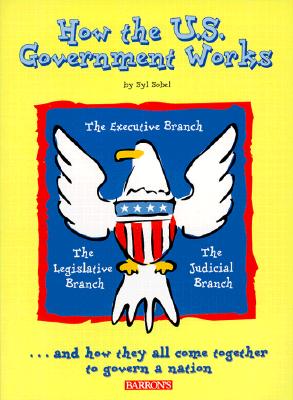
Geography can be difficult to teach and to learn. However, there are many ways we can help our students learn geography in fun and meaningful ways.
What are the themes of geography?
- Location
- Place
- Relationships
- Movements
- Region
What are the elements?
- The world in spatial terms
- Places and regions
- Physical systems
- Human systems
- Environment and societies
- The uses of geography
As a child, I remember learning about the 50 states, the continents, the oceans and sometimes other countries. It was never an interesting lesson, so how can we make geography more inviting to students? Well using technology is one way. Using Google earth and Google maps is a great resource. You can travel the world, see streets, cities and landmarks without ever leaving the classroom! Creating fun activities using interactive technology, such as Google earth, can help students learn geography better.
Also, here is a presentation listing 101 to teach geography!
Geography bees were also something I had as a child. The teacher would one day (randomly), hand us a test on geography. Whoever got a high enough grade, would participate in our schools geography bee the following week. I always thought it was somewhat unfair, because many of the questions we were never taught, and we were always given the test at random, so we really could not prepare for this. In my own class, I would hold a private geography bee, so that everyone could participate. I would make it a fun, engaging and meaningful for my students. I would also invite parents and administrators to come watch and support the students. I think it will give more students an opportunity to learn geography this way, then just randomly be selected using a test that they were not familiar with.




